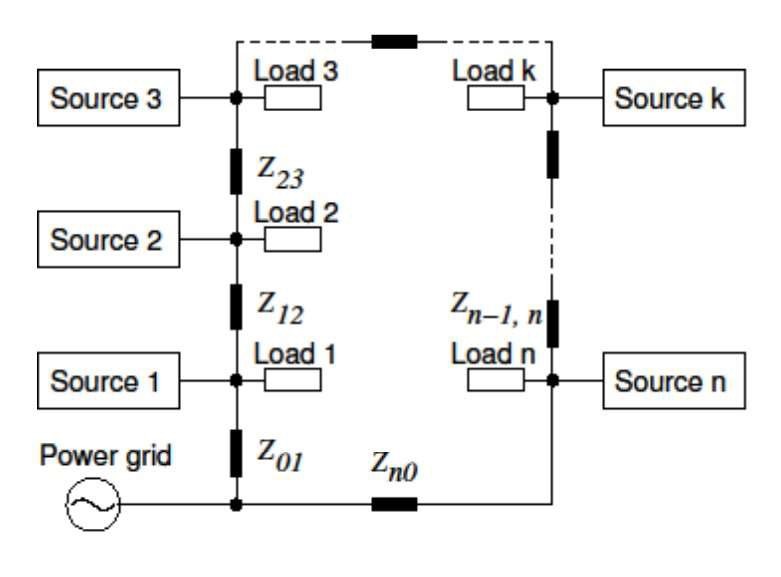Power Quality Enhancement of DC Microgrid: A Review
Main Article Content
Abstract
The interconnection of various loads and sustainable power sources like photovoltaic system, wind energy, and many more to a distribution network prompts another energy structure known as Microgrid (MG).
Regularly there is an expansion in the utilization of sustainable sources because of a decline in the accessibility of non-renewable power assets like natural coal, petroleum gas, oil, and impressive improvements in energy storing strategies. To associate the framework either straightforwardly or through the power electronics (PE) interface MGs consolidate a lot of conventional and nonconventional distributed generation (DG). To operate the most extreme measure of sustainable power, the energy management regulator was created by the scientist before however was subsequently observed to be inefficient. Since they control supply side in view of the absolute power created and consumed without focusing on power over-load. The state of charge (SOC) of the battery and produced power haven’t produce any effect when the battery will constantly supply a wide range of load. To monitor, control and improve the exhibition of the transmission and generation system an energy management system (EMS) which is nothing but a framework is utilized by electric network administrators. Due to the utilization of PE devices, power quality issues become serious. Unified Power Quality Controller (UPQC) is a device to kept the quality of the power. Essentially, to upgrade the capacity to further develop power quality and stability of MG hybrid power frameworks with a power harmonic filter is likewise inspected. It incorporates of two modes, first one is the inverter side power flow mode and the second one is the DC/DC converter side power flow mode. The inverter side power flow mode is characterized as the technique for separating power from the DC MG and utilizing it to drive the network, and the DC/DC converter mode utilizes the power from the lattice to supply capacity to the framework.
Furthermore, there is an iterative learning-based stage locked-loop (ILSTL) to further develop the value of the power associated DCMGs under twisted framework voltage in a feeble lattice. This was performed utilizing a Lyapunov-based way to deal with harmonic assessment, which works with the cyclicity and bouncing of the harmonic module to get an update in view of versatile learning. For cutting edge microgrid control procedures, the record covers decentralized, distributed, and hierarchical control of lattice associated microgrids.
Likewise, in a Universal Active Power Filter (UAPF), the Centralized MG Controller (CMC) is carried out to further develop power quality and productively oversee power stream. To develop mpre accurately power quality the centralized microgrid controller is executed to produce the changing pulses to Shunt Active Power Filter (ShAPF) and Series Active Power Filter (SeAPF).

